History of Wimbledon Fire Station
(appliance photos further down page courtesy of Graham Brown & Mike Cotton) |
The First Fire Brigade in Wimbledon
Wimbledon bought its first community fire engine, a second-hand manual pump, in 1816. An engine house was built in the yard of the parish workhouse, near Wimbledon Common. The service grew steadily and by 1891 the Wimbledon Local Board had three steam fire engines, and a volunteer crew of at least 28.
From 1869 volunteers protected Wimbledon (now Wimbledon village) using hand pumps. The original station for the town was in a small building which still stands in the stables adjoining the Dog & Fox.
In 1890 the Local Board built a new fire station in the High street (almost opposite the Dog & Fox) which has now been converted into shops (it’s bell tower was replaced during the village facelift in 1968). This building housed a horse drawn steam pump called “The May Queen”.

Wimbledon's Fire Brigade 1894 outside Wimbledon House.
After a disasterous fire at Cannizaro house in 1900, when it was found that the Brigade did not have enough hoses to pump water from the Rushmere pond, a new headquarters was built in Queens road (now Mothercare) and completed in 1904.
A full time professional force was established at Queens road in 1907.

Queens Rd Fire Station
During the war there were many ‘Satellite’ stations, most had a couple of men and a pump (and some hose) usually pulled behind a car, these trailer pumps were strategically placed around the borough to give a quick response to German bombing raids.
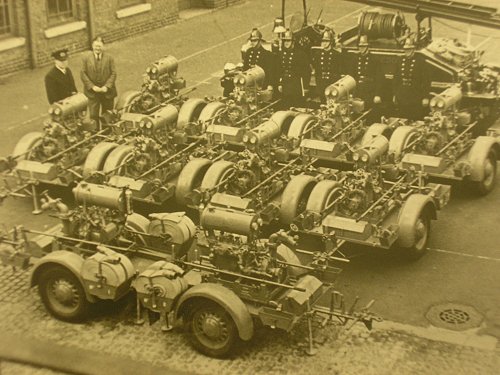
Trailer Pumps at Queens Rd Fire Station

Kingston road fire station was built in 1989 to make way for the new shopping centre, “Centre Court”.
Originally it housed a Pump Ladder and Pump with a Damage control unit. Nowadays it has Pump Ladder, Fire Rescue Unit, Ariel Ladder Platform and an Incident Responce Unit.
Cannizaro House
The mansion took its name from an earlier resident, the Sicilian Duke of Cannizaro and his Scottish wife. They lived here from 1817 until 1841, when they died within a few months of one another.
By the time of the census in 1874, their name remained attached to the house, although the spelling had been accepted as Cannizaro House.
When the Duke of Cannizaro first took the house, it was already over a hundred years old, having been built in the architecturally notable reign of Queen Anne.
In 1705, a wealthy London merchant, William Browne, had bought the Old Park. His new estate enclosed just over 300 acres of poor quality land, almost certainly once part of the Common. He immediately ordered the building of two fine residences, today known as Westside House and Cannizaro House. Browne let The Warren House, today known as Cannizaro House, to wealthy London friends who were looking for a country house within easy reach of the capital.
In the words of Daniel Defoe, they were looking for an escape from “the hurries of business to draw their breath in a clear air and to divert themselves and their families in the hot weather”. The same is certainly true today.
Over subsequent years The Warren House was occupied by many distinguished residents, including Thomas Walker, Surveyor General and MP, from 1738-1748; Lyde Browne, a wealthy City businessman, from 1757-1785; Henry Dundas, and Viscount Melville, a ‘bon vivant and politician, from 1785-1806.
1817 saw the arrival of two of the most colourful characters in the history of the house, the Duke and Duchess of Cannizaro. Over the next twenty-four years the couple entertained many famous people, including Mrs Fitzherbert, Princess Esterhazy and the Duke of Wellington. As noted by Greville, the Duchess’ “all absorbing passion was music”. She was a great patron of musicians and built up a valuable library of manuscript and printed music. After the Duke ran off to Milan to join a certain Madama Visconti, the Duchess “consoled herself with her music and a strapping young Italian singer who plundered her without mercy or shame”.
Later residents included Arthur Eden, an important Civil Servant at the Exchequer, from 1842 to 1854; Duleep Singh, the deposed Maharajah of the Punjab in 1854; John Bousted, a former Ceylon tea planter, from 1860 - 1879; and a Mrs Schuster, from 1879 to 1896, who held amateur dramatic evenings in a glade in Cannizaro Wood for the likes of The Prince and Princess of Wales, The Duchess Of Roxburghe, Sir Frederick Leighton and Lady Randolph Churchill.
‘London’s first country house hotel’ opened in June 1987 and today’s guests still enjoy the perfect tranquillity and classic elegance of a past era.
Many Thanks to:-
Alan Elliot at 'The Wimbledon Society' Museum of local History (22 The Ridgeway, Wimbledon, SW19 4QN, wimbledonmuseum@yahoo.co.uk)
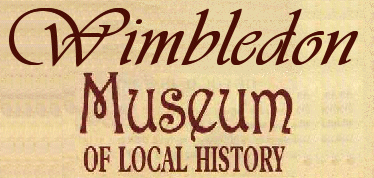
and Bridgehouse Hotels (Cannizaro House) info@cannizarohouse.com.

Some old photos of days gone by.............
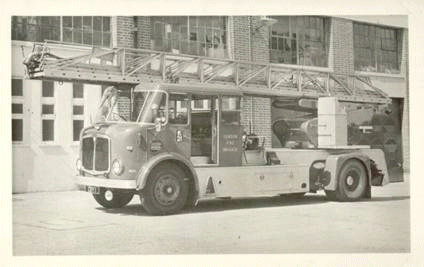
Old TL at the Queens Rd Fire Station
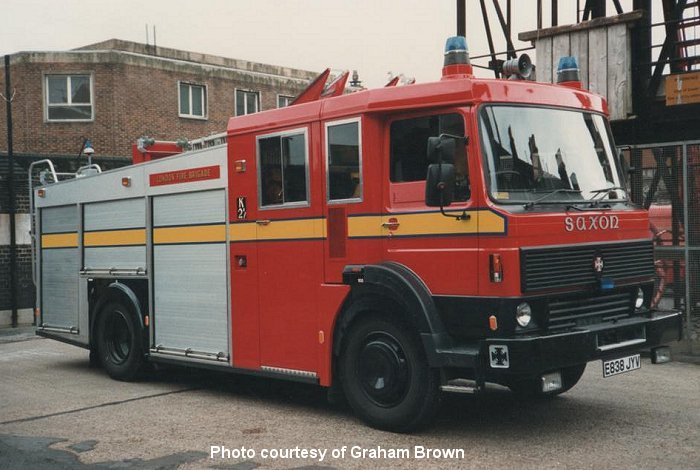
Old Dodge Pump at the Queens Rd Fire Station

Old Dodge Pump Ladder at the Queens Rd Fire Station

Old Dennis Pump Escape & Pump at the Queens Rd Fire Station
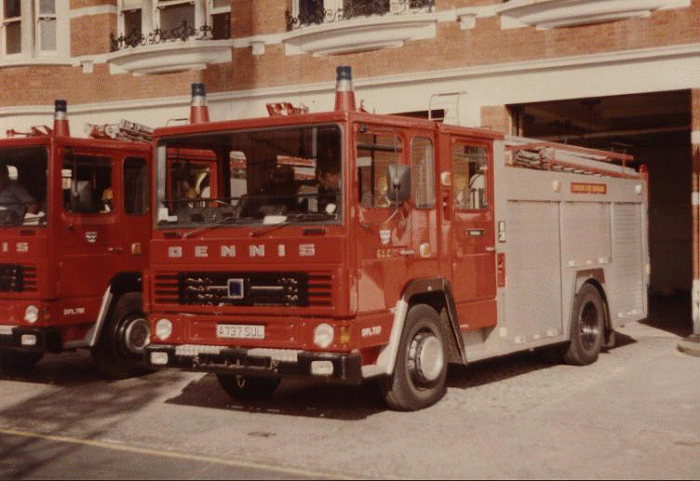
Old Dennis Pump Ladder & Pump at the Queens Rd Fire Station

Old Volvo at the new Wimbledon Fire Station
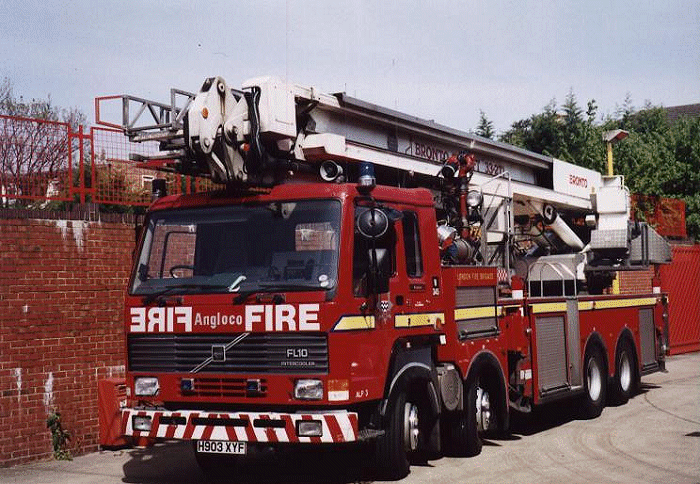
Old Bronto at the new Wimbledon Fire Station

Old and New Rescue Tenders/Units at Chelsea Fire Station
|
|